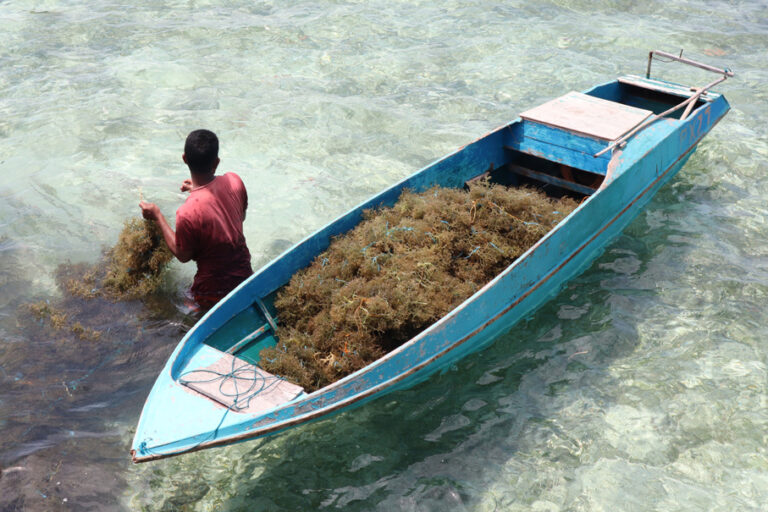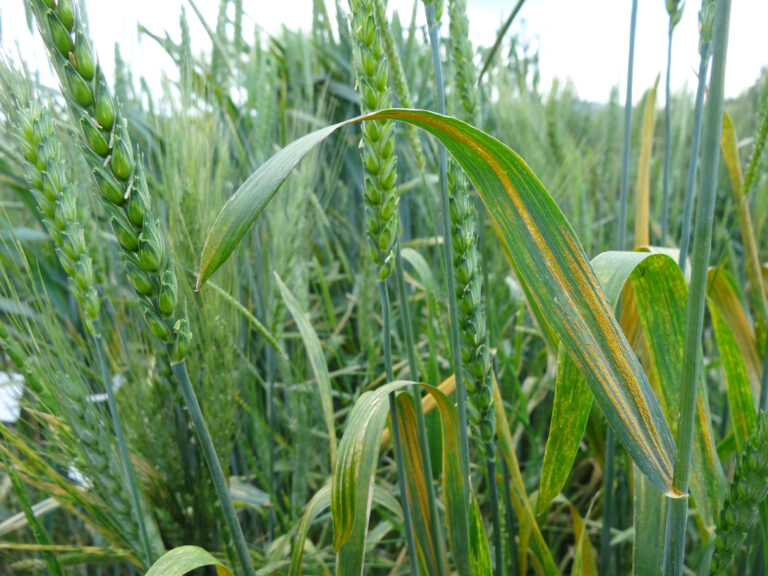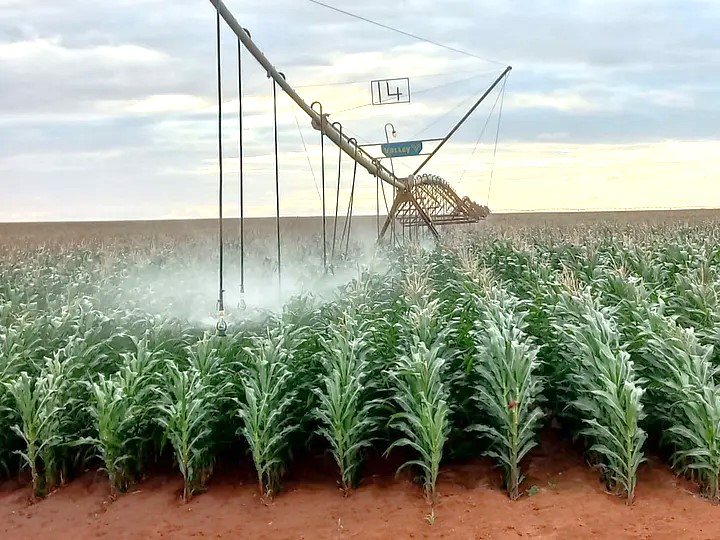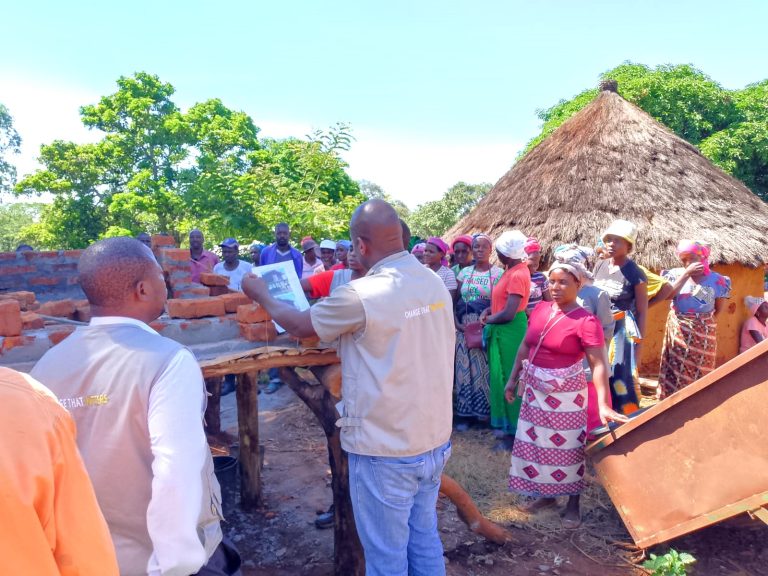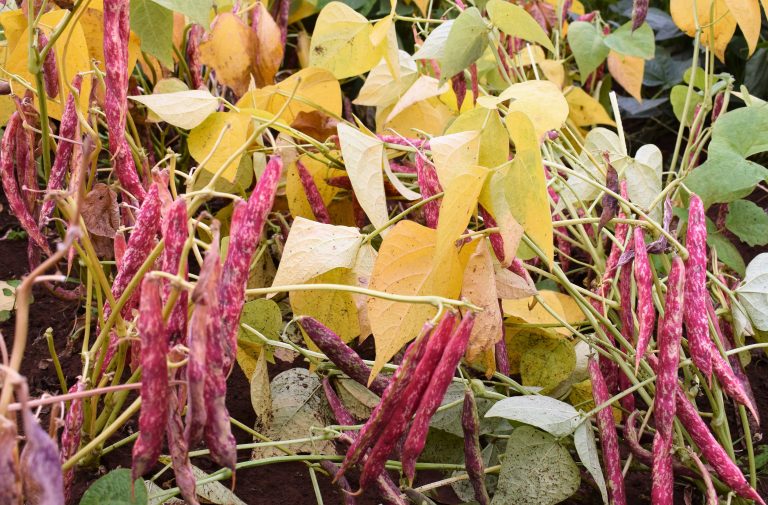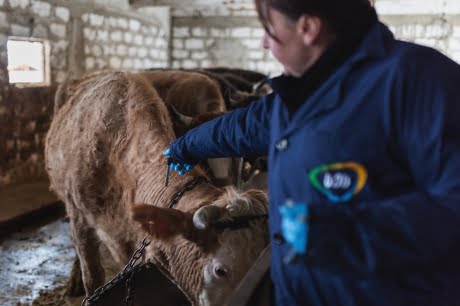- Locusts are the oldest migratory pest in the world. They differ from ordinary grasshoppers in their ability to change behaviour (gregarize) and form swarms that can migrate over large distances.
- The most devastating of all locust species is the Desert Locust (Schistocerca gregaria). During plagues, it can easily affect 20 percent of the Earth’s land, more than 65 of the world’s poorest countries, and potentially damage the livelihood of one tenth of the world’s population.
- During quiet periods, Desert Locusts live in the desert areas between West Africa and India – an area of about 16 million square km where they normally survive in about 30 countries.
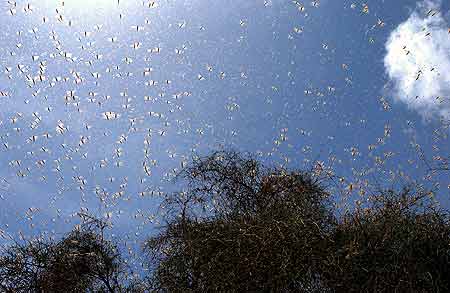
- Three pests, the Italian Locust, the Moroccan Locust, and the Asian Migratory Locust, jeopardize food security and livelihood in Caucasus and Central Asia (CCA) as well as in adjacent areas of northern Afghanistan and southern Russian Federation.
- In CCA, 25 million ha of cultivated areas are under threat and at least 20 million people at risk, including the most vulnerable rural populations.
- Other locust species of economic importance in the world are: the Red Locust (Nomadacris septemfasciata) in Eastern Africa, the Brown Locust (Locustana pardalina) in southern Africa, Migratory Locusts (Locusta migratoria) throughout Africa and Asia, the Tree Locust (Anacridium melanorhodon) mainly in Africa, the Moroccan Locust (Dociostaurus maroccanus) and the Italian Locust (Calliptamus italicus) in North Africa, Europe and Central Asia, and the Australian Plague Locust (Chortoicetes terminifera) in Australia.
- Locusts have a high capacity to multiply, form groups, migrate over relatively large distances (they can fly up to 150 km per day) and, if good rains fall and ecological conditions become favourable, rapidly reproduce and increase some 20-fold in three months.
- Locust adults can eat their own weight every day, i.e. about two grams of fresh vegetation per day. A swarm the size of Bamako, Niamey or Paris will consume the same amount of food in a single day as half the population of Mali, Niger and France respectively.
- If infestations are not detected and controlled, devastating plagues can develop that often take several years and hundreds of millions of dollars to bring under control with severe consequences on food security and livelihoods.
FAO actions
- FAO operates a centralized Desert Locust Information Service (DLIS) within the Locust Group at FAO Headquarters, Rome, Italy that monitors the Desert Locust situation throughout the world.
- FAO provides information on the general locust situation to the global community and gives timely warnings and forecasts to those countries in danger of invasion.
- FAO prepares monthly bulletins and periodic updates summarizing the locust situation and forecasting migration and breeding on a country by country basis.
- FAO maintains historical locust archives that date back to the 1930s.
- FAO provides training, organizes technical workshops, and prepares publications on various aspects of locusts.
- FAO adapts the latest technologies and develops innovative tools for improved early warning.
- FAO undertakes field assessment missions and coordinates survey and control operations as well as assistance during locust plagues.




